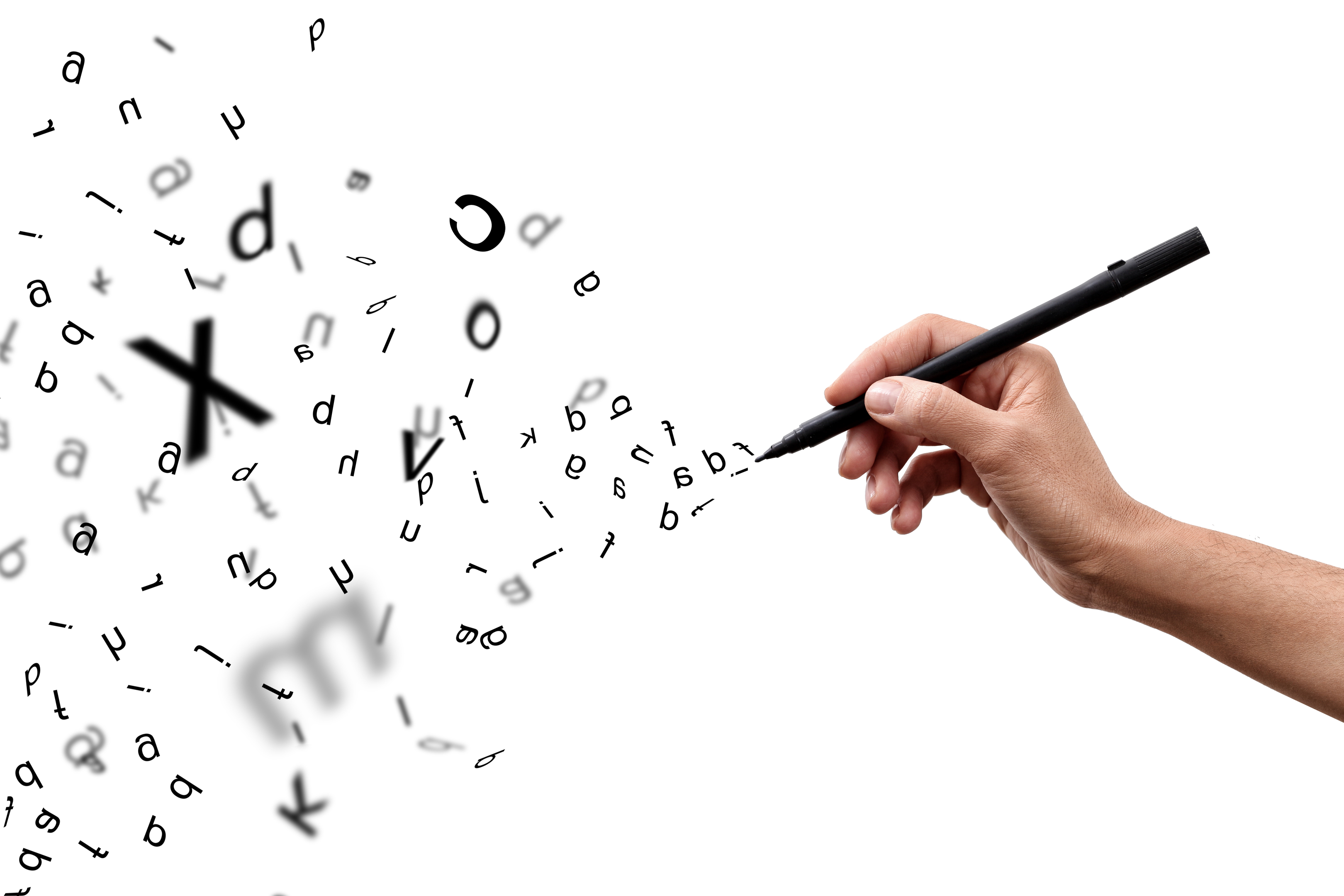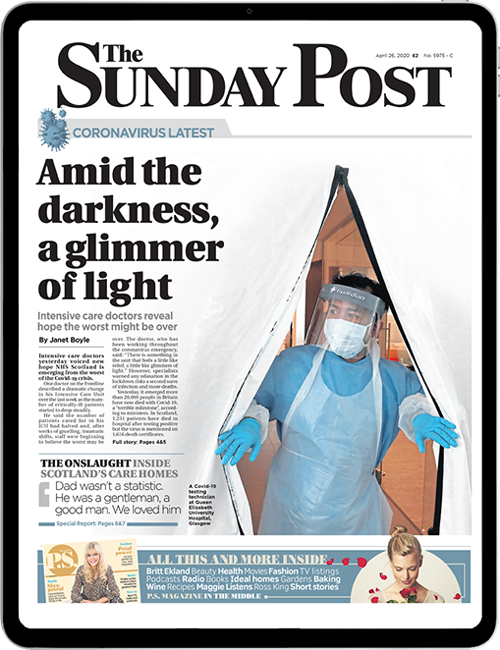
I FOUND myself listening to a manager lecturing his sales team.
He scattered cliches through each sentence, mentioning “thinking outside the box”, “touching base”, “synergy”, and “working in a holistic way”.
The talk was intended to inspire.
But it wasn’t inspiring. It was a slightly painful example of how the language can be beaten out of shape until it is so damaged that its meaning is obscured.
Because those cliched phrases have all but lost their meaning. They are but a shallow wave of noise which washes over listeners without penetrating.
Good writing never contains cliches. Effective orators don’t indulge in cliches. Instead, they coin phrases.
This is called rhetoric.
The word “rhetoric” has, unfortunately, been damaged and now has a connotation of a lack of sincerity. But the old meaning was noble. It was a description of effective, persuasive, brilliant use of language.
The definition of rhetoric is not to say something different, but to say something in a memorable way.
Churchill’s “We shall fight them on the beaches”; Martin Luther King’s “I have a dream”; Kennedy’s “Ask not what your country can do for you, ask what you can do for your country.” These are inspiring speeches. These words changed the world.
The important thing to notice is that the sentiments aren’t really new, they are merely expressed wonderfully well.
We should all, especially sales managers, try it. I’m glad I’m not in sales.

Enjoy the convenience of having The Sunday Post delivered as a digital ePaper straight to your smartphone, tablet or computer.
Subscribe for only £5.49 a month and enjoy all the benefits of the printed paper as a digital replica.
Subscribe